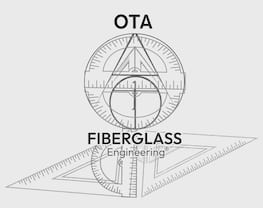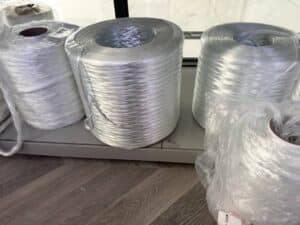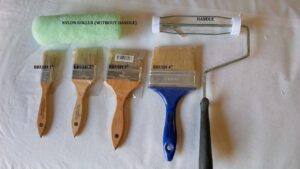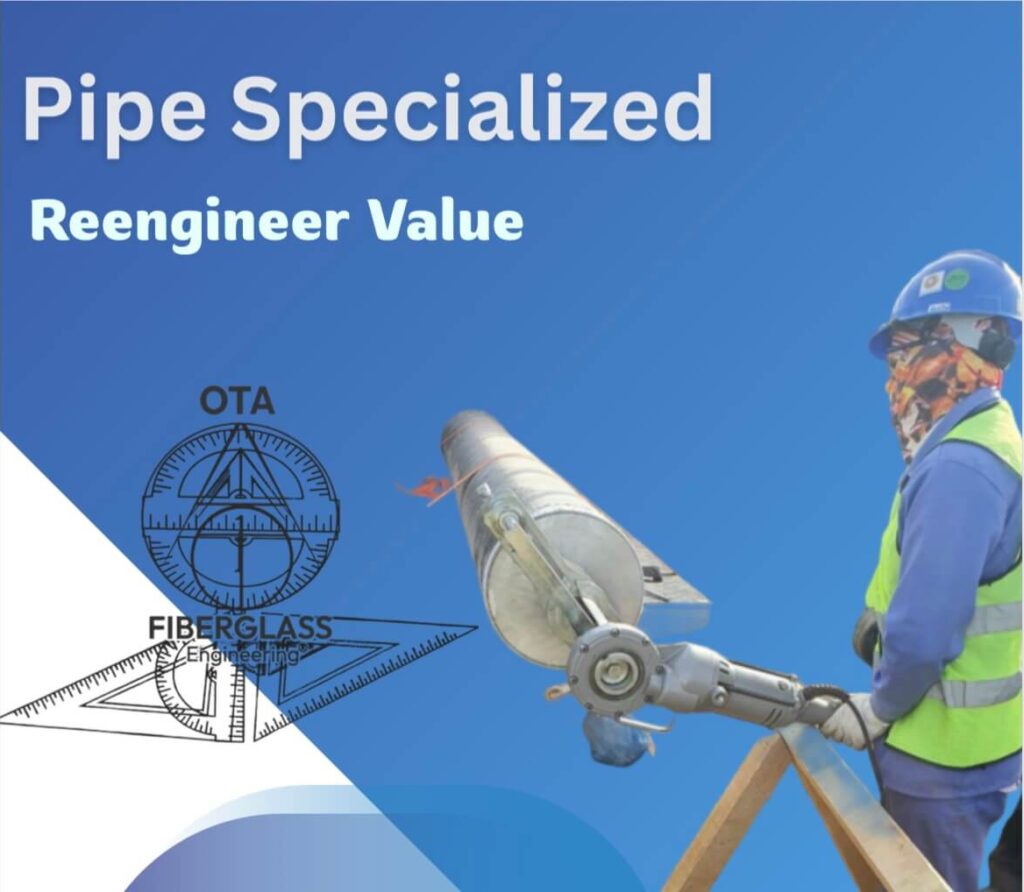How GRP Pipe Lamination Impacts Long-Term System Performance
Glass Reinforced Plastic (GRP) pipes are favored across industries for their lightweight build, high tensile strength, and exceptional corrosion resistance. A critical factor influencing their long-term reliability is the lamination process. Whether factory applied or field executed, GRP pipe lamination directly affects system integrity, chemical resistance, lifecycle cost, and performance longevity.
In this article, we explore how proper GRP pipe lamination ensures dependable, cost-efficient piping systems and highlights key materials and tools from OTA Fiberglass that contribute to the process.
Structural Integrity and Load-Bearing Strength
Lamination fortifies GRP pipes by building wall thicknesses with resin impregnated fiberglass layers. The orientation of fibers axial, hoop, or helical can be tailored to meet specific mechanical stress profiles.
High-quality lamination allows pipes to resist internal pressure and external loads such as traffic or backfill. In contrast, poor lamination can cause weak zones, resulting in cracks, bulging, or collapse. A consistent lamination process ensures mechanical stability across decades of use.
Key Materials from OTA Fiberglass:
- Woven Roving: Reinforces structural layers.
- Chopped Strand Mat: Provides multidirectional strength.
- Tissue Mat: Offers a smooth finish and chemical barrier.
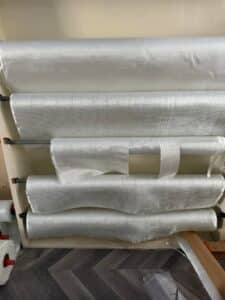
Enhanced Corrosion and Chemical Resistance
GRP pipes are often used in chemically aggressive environments. Lamination creates a dense, protective barrier that prevents corrosive substances from reaching the structural core. The type of resin and reinforcement used affects chemical compatibility.
For instance, vinyl ester resin is ideal for acid-rich environments, while polyester resin is suitable for general applications.
OTA Products That Enhance Chemical Resistance:
Polyester Veil: Acts as an additional anti-corrosive barrier.
Fumed Silica/CABOSIL M-5: Thixotropic agent used to control resin flow and improve chemical resistance.
Leak Prevention at Joints
Field lamination ensures leak proof, monolithic pipe systems by sealing joints with resin saturated fiberglass, eliminating the dependence on gaskets that may degrade over time.
Essential Lamination Aids from OTA:
- Top Tape / Surface Tape / Polyester Netting: For finishing and holding fibers in place during curing.
- Sealant Tape: For temporary sealing and leak control during joint preparation
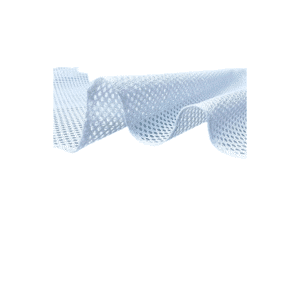
Watch our butt-joint lamination video for a deeper understanding of joint sealing techniques.
Resistance to Fatigue and Mechanical Stress
GRP pipelines often face cyclic loading from pressure surges, fluid hammers, or physical shocks. Laminated layers distribute stress, reducing the risk of delamination or cracks.
Proper lamination dramatically improves fatigue life, especially in long pipelines or high-pressure systems.
Thermal and Environmental Durability
GRP lamination protects against thermal expansion and contraction while resisting UV degradation, moisture, and microbial attack in exposed environments.
Service Life Extension & Cost Savings
Properly laminated GRP pipes can last over 50 years, significantly reducing the need for repairs or replacements. This results in lower maintenance costs, fewer service interruptions, and optimized total cost of ownership
Adherence to Industry Standards
Lamination quality is regulated by standards like ISO 14692 and ASTM. These require defined fiber orientations, curing parameters, and mechanical validation.
Tools from OTA to Support Quality Control:
- PI Tape: Measures pipe circumference and diameter accurately.
- Barcol Tester: Checks surface hardness and curing completeness.
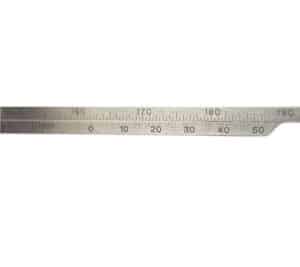
Field Tools That Ensure Precision
Accurate lamination relies on proper tools. OTA Fiberglass provides a full suite of instruments to support high-quality field lamination:
- Catalyst Dispenser: Ensures consistent catalyst-to-resin ratios.
- Measuring Cylinders / Glass Beakers: For accurate resin mixing.
- Steel Rollers: Compacts fiberglass and removes air bubbles.
Synthetic Hair Rollers / Wooly Rollers / Wool Lamb Rollers: For smooth resin application and finishing.
Sustainability and Environmental Safety
GRP lamination reduces environmental risks by preventing leaks and corrosion. The extended lifespan minimizes waste, and the light weight reduces energy used in transport and installation.
GRP pipe lamination is foundational to long-term system performance. From improving mechanical strength to sealing joints and enhancing chemical resistance, proper lamination ensures safe, efficient, and durable pipeline systems.
With premium materials and tools from OTA Fiberglass, installers can achieve consistent lamination quality and extend the life of infrastructure assets. For industrial sectors aiming for sustainable and cost-effective operations, investing in expert GRP lamination is a proven strategy for long-term success.
Learn More About Us
